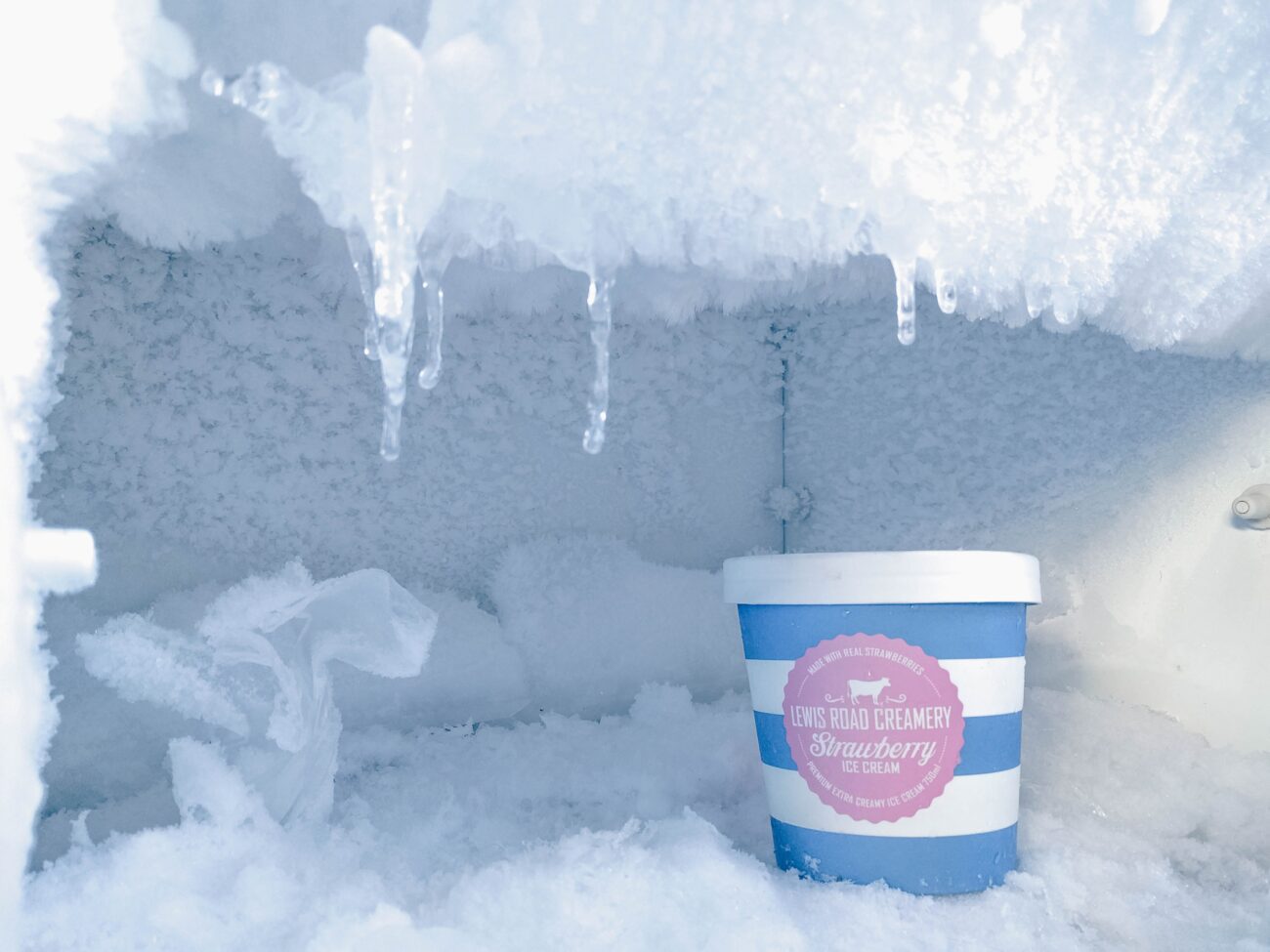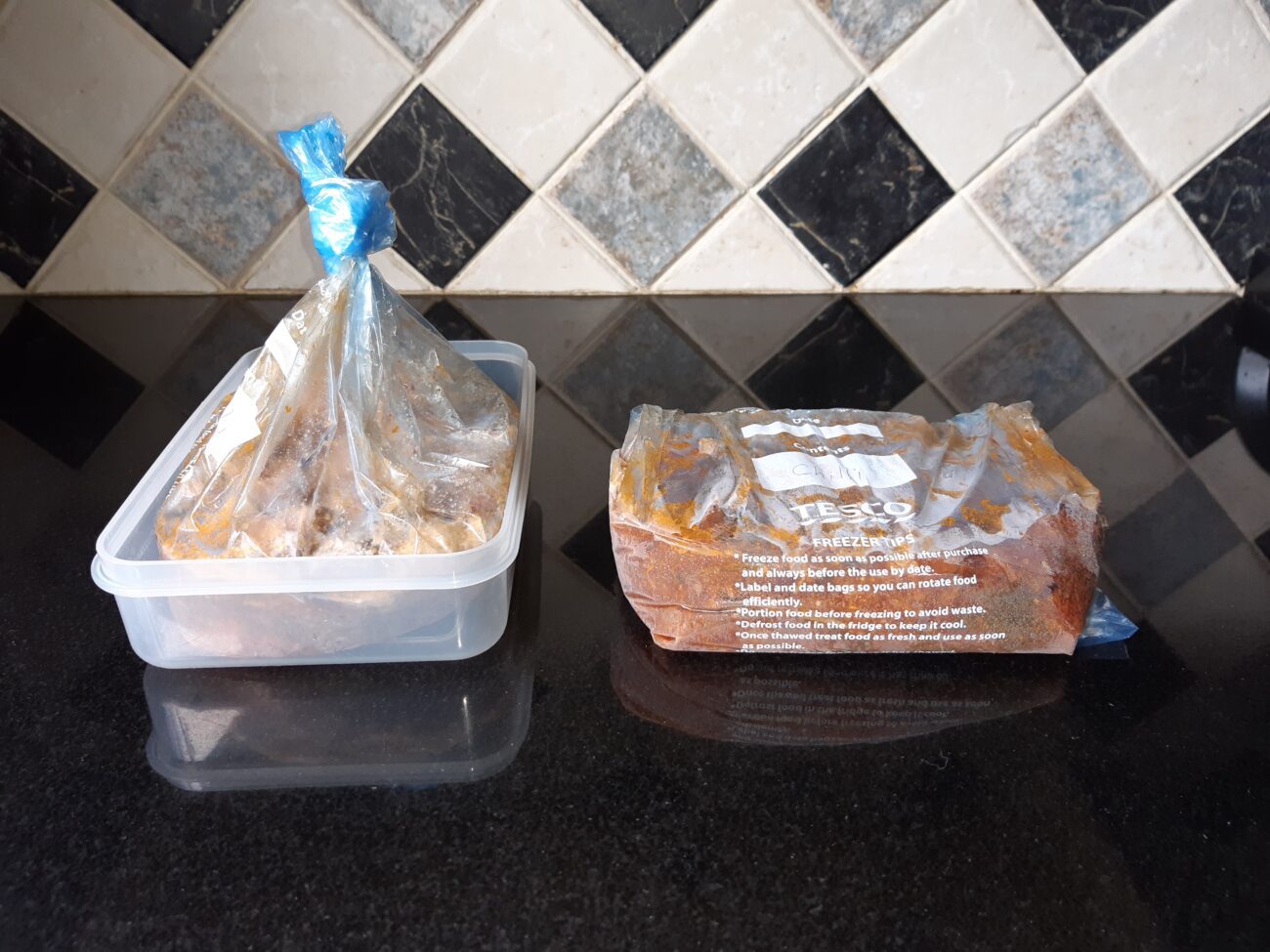Organising your fridge and freezer
Organising your fridge and freezer can seem like just another task on your never-ending to do list. But getting them organised can save you time and most importantly money.
‘How?’ I hear you ask.
The answer is simple, food costs money and throwing unused food away is basically throwing your hard-earned money in the bin.
So how do we fix this? In one word, organise. Having your fridge and freezer organised will help you to lessen your food waste, by enabling you to see what food you have and what needs to be eaten, which can also prevent you from overspending. You can also better plan out your meals whether this is by writing down a menu for the week or simply eating the food closest to its expiry date.
Without further ado let’s get started:
Overview
-
The Fridge
-
The Freezer
-
How Busy Lives! can support you
The Fridge
 Home to your milk, cheese, fruit, veg and meat the fridge is arguably one of the most important appliances in your kitchen. So, let’s show it some love.
Home to your milk, cheese, fruit, veg and meat the fridge is arguably one of the most important appliances in your kitchen. So, let’s show it some love.
Step 1:
Now you’ve committed to organising your fridge you need to decide what system you are going to use. This can be as simple as designating a shelf for each food type or as complicated as using baskets and boxes and going a little mad with the label-maker!
Top tip
The generally agreed upon layout for your fridge is as follows:
- The crisper / bottom drawer is reserved for fruits, vegetables, and salad items.
- The bottom shelf should be for raw meat and seafood (make sure they are properly sealed to avoid cross-contamination).
- The middle shelf should be for dairy products – that includes the milk if your door doesn’t have a shelf for this.
- And the top shelf should be for food that does not require cooking such as cooked meats and leftovers.
- The door shelving is the place to keep condiments, juices, jams and water.
Now you have chosen your system for organising it is time to start. A good place to begin is by cleaning your fridge.
Step 2:
Empty your fridge – I’d recommend doing this before you go food shopping. Pack any food you have in a cool bag to avoid it spoiling.
Once your fridge is empty give it a clean – remove the shelves and drawers and wash them using regular washing up liquid (Make sure to let the shelves warm at room temperature before submerging them in hot water – not doing this could make them crack). Leave them to dry.
Wipe down the inside of the fridge with a cloth and disinfectant spray. Make sure to thoroughly dry the inside of the fridge.
Dry the shelves and drawers and put them back into the fridge.
Once your fridge is squeaky clean it is time to start putting the food back. Use the system you devised earlier to start loading up your fridge.
Top tip
Check the temperature setting of your fridge. The Food Standards Agency recommends a temperature between 3 and 5 degrees Celsius.
Step 3:
Pack all your food into your fridge. Avoid overfilling your fridge as this can make it harder for the fridge to maintain its temperature and force it to work harder to keep cool.
Try and leave space between items to allow the cold air to move freely.
And you’re done. All that’s left to do is stand back and admire your handiwork. To keep your fridge looking sparkling clean and fresh I’d recommend giving it a clean every few months – for quick cleans just wipe down the shelves and the inside surfaces of the fridge. Deep clean 1-2 times per year.
The Freezer
The Freezer is a lifesaver, from chips to batch cooking and garden produce to your leftovers, your freezer can home everything; meat, veg, fruit, and (most importantly) ice-cream.
But, let’s be honest now, we all have ‘the thing’. That one item tucked away behind the bag of peas that we have no idea what it is or how long it’s been there, but we have some odd compulsion to hang onto it.
Now it’s time to say goodbye to ‘the thing’ and get your freezer organised.
Step 1:
Like the fridge, the first step is to decide how you are going to organise your freezer. I recommend allocating drawers or shelves to one kind of item. For example, in my freezer we have a drawer for fruit and veg, a drawer for processed foods, a drawer for homemade batch cooking and a breads / dessert drawer.
Once you have your system it becomes easy – you just need to stick to it
Next is – you guessed it – time to clean out your freezer.
Step 2:
Declutter. No one likes throwing food away– I’m with you there but some things just can’t be saved, now is the time to bin them.
And make sure to bid farewell to ‘the thing’ that has hung around since before Christmas but now it’s time for it to go.
 Once your freezer is empty decide if it needs defrosting and cleaning. If you do need to defrost don’t try to speed up the process with a hairdryer or screwdriver hacking off ice as I did once – surprise, surprise the result of that was a new freezer!
Once your freezer is empty decide if it needs defrosting and cleaning. If you do need to defrost don’t try to speed up the process with a hairdryer or screwdriver hacking off ice as I did once – surprise, surprise the result of that was a new freezer!
Top tip
The Food Standards Agency recommend your freezer to run at -18 degrees Celsius. If your freezer has an adjustable temperature gauge, make sure it is not set any warmer than this.
Now you should have a clean, empty, freezer ready for you to start refilling.
Step 3:
It’s time to pack everything away. Stick to the plan you devised, and this step should be a breeze. But to help you here are some space-saving tips.
- Bags save space – if you need to freeze batch cooking, a soup or sauce, instead of putting it in a box use a plastic bag instead. Fill it with your soup and seal it (make sure to squeeze out all the air) Ensure the bag is sealed properly and you can lie it flat in the freezer and stack them up. Don’t forget to write and label what you’re freezing, chilli con carne looks very similar to a spaghetti Bolognese.
- Remove the boxes – some freezer food from the supermarket comes individually wrapped but then packed in large box – recycle the box and save yourself some space (if you need cooking instructions you can write them on the individual packets or cut that part out of the box and stick it to the item)
Top tip
I put my homemade batch cooking in a plastic bag and sit it in a plastic container in the freezer to freeze it in a uniformed shape, then I remove the bag from the container once it is frozen. You’d be surprised how much more will fit in.


A few more helpful tips:
- Store ice-cream towards the back of the freezer to avoid freezer burn.
- Divide up bulk buy items – buying 20 chicken breasts for less than a five pounds is a bargain but it’s doubtful you’ll need all twenty at once, split them up into bags reflecting the number of people you cook for.
- Freezers work better when they’re full – Yes, believe it or not filling your freezer is good. Filling your freezer means it does not have to work as hard so puts less strain on the appliance.
- And most importantly – LABEL EVERYTHING. We don’t want to find anymore ‘things’ lurking behind the peas. When you go to freeze something write on the bag or box what it is and the date.
How Busy Lives! can support you with this
Busy Lives! was created when I left a busy career which left me time poor and unable to give appropriate priority to what really mattered to me. I have provided services like these for the self-employed, retired and for people with highly demanding careers.
I am happy to help with organisational support including optimising the space and storage you already have in your home. You can go out to work and return with the chaos sorted!
I can help by:
- Effectively organising your contents so regularly used items are readily and easily available.
- Organising any room in the house such as your kitchen.
- Re-organising cupboards and wardrobes which need attention.
- Making the most of the space and storage you have or would like to improve.
- Tackling that room, shed or garage which has become ‘the sort later room’ (the one that started as a drawer and became a room!)
Find out more about how I can help you with home organisation
Let you help you gain precious time back. Ring Busy Lives! 07565 722 031
Or Email: karen@busylivesnottingham.co.uk


